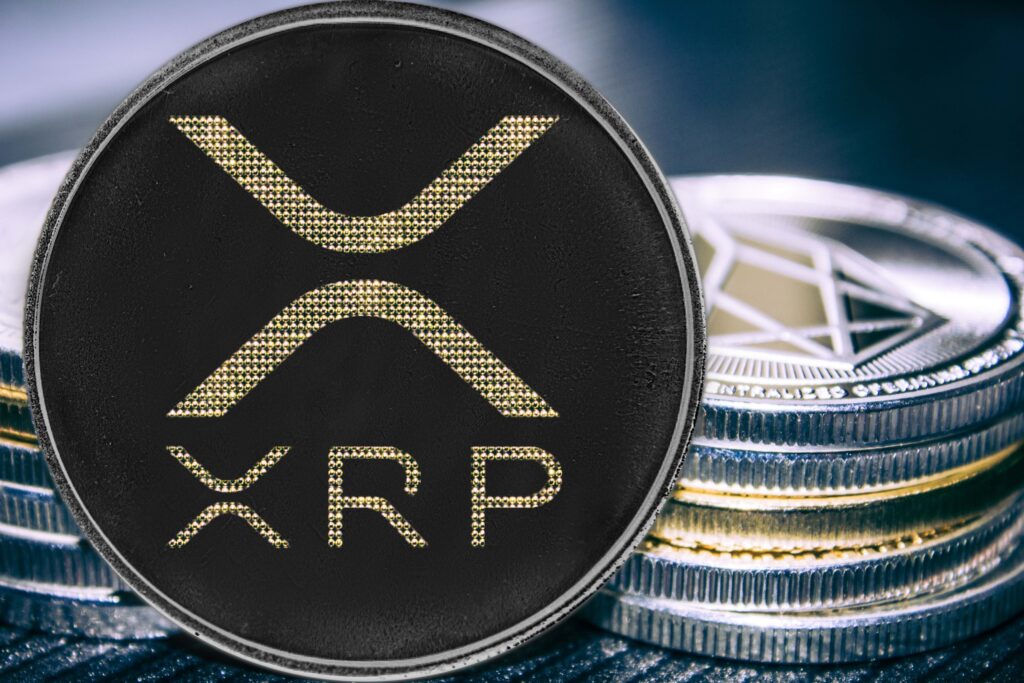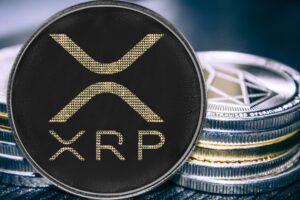
Ripple is a digital currency designed to be faster and more efficient than
traditional payment methods. It was originally created as a system for banks to transfer money between each other, but it has since evolved into an open source, decentralized cryptocurrency with many uses beyond just currency transfers. In this blog post we’ll discuss what Ripple is and why you should care about it! What is XRP? XRP is a digital asset that can be used as a currency, and it’s one of the top cryptocurrencies out there. It’s also known as “the Ripple” or XRP, but that doesn’t really matter—the main thing you need to know about this cryptocurrency is its value.
XRP was created by Ripple Labs (a company based in San Francisco), which bills itself as an “enterprise blockchain solutions provider.” Their goal with XRP is pretty straightforward: they want to use blockchain technology for banks and financial institutions so they can settle transactions faster than ever before. Is XRP a promising coin? Ripple is the third largest cryptocurrency by market cap, and it’s also the first digital currency to be used by banks. This makes it a promising coin because it has a lot of potential to be the future of money.
Ripple (XRP) is built on top of an open source protocol called Ripple Transaction Protocol (RTXP). XRP tokens were created as part of this protocol, which was created in 2012 when Jed McCaleb left his role as co-founder at Mt Gox after disagreements with Mark Karpeles about adding new features into Bitcoin. In 2013, McCaleb started work on creating something similar but more scalable—a decentralized banking system that didn’t depend on trust or central servers; instead it relies more heavily on mathematics than anything else: “You can think about this as being based on distributed ledger technology,” he said during an interview with Bloomberg back then.”
How does XRP work?
Ripple is a blockchain-based payment system that uses a consensus ledger as a distributed database. It is not a cryptocurrency, but rather an RTGS (real-time gross settlement system). Ripple’s goal is to improve on the current banking model by making it faster and cheaper for banks to send money around the world. The Ripple network allows users to send money anywhere in the world instantly at very low cost using their existing bank accounts or credit cards.
What is on XRP’s white paper?
XRP is a decentralized platform for money transfers. It’s used by banks and financial institutions to make cross-border payments quickly, efficiently and cost effectively. In addition to being a cryptocurrency that can be traded on exchanges, XRP has many uses within the Ripple ecosystem: It can be used as an intermediate settlement currency between banks or other sanctioned financial institutions (such as Money Service Businesses) in order to settle cross-border payments more efficiently than using fiat currencies; this is known as “settlement at source” because it involves no intermediaries like ACH transfers or SWIFT messages between counterparties who want each other’s money immediately without waiting days/weeks/months/years for an exchange rate calculation based on current rates set by exchanges around the world such as Binance which may not even exist anymore due its rapid growth over time! Ripple has a lot of potential to be the future of money Ripple is a digital asset, similar to Bitcoin and Ethereum. But unlike those other cryptocurrencies, Ripple has the potential to be used as a currency and transferred around the world in less than five seconds.
The concept behind this cryptocurrency is that it can be used by banks and other financial institutions as an alternative way of transferring funds between parties—without having to go through traditional banks like JPMorgan Chase or Wells Fargo. This makes it ideal for companies who want their transactions processed quickly but don’t want all their money tied up in one place (like Wells Fargo).
Conclusion
We have looked at the history of Ripple and its current development. We also saw how XRP is different from other cryptocurrencies and blockchain technology.
It has all the potential to be a future leader in the world of finance, but we will have to wait and see what happens next!

Leave a Reply